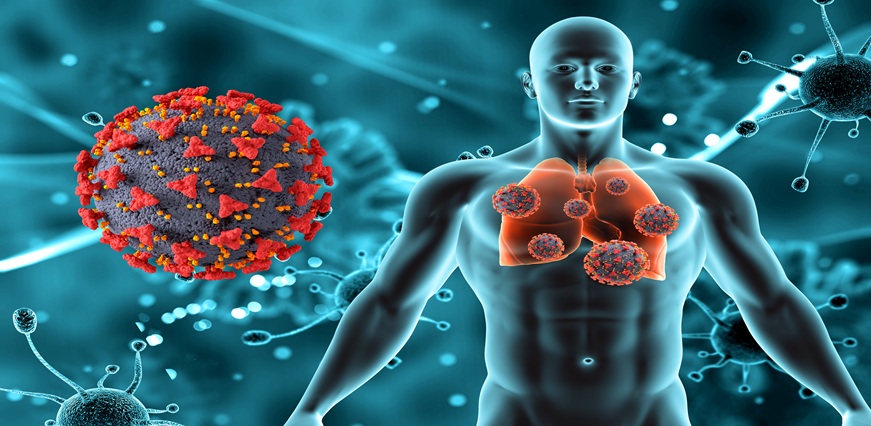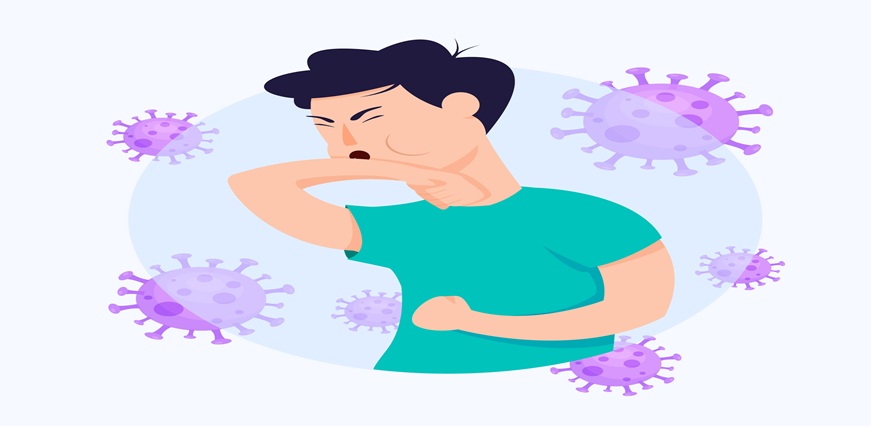The human body relies on a person having the exact number of chromosomes for proper functioning. However, sometimes, a baby has an extra chromosome, which can lead to several birth defects and mild to severe physical and developmental defects. One of these conditions is Down Syndrome, also known as trisomy 21, as the condition is caused by one having three copies of the 21st chromosome. Here’s more about what down syndrome is, what causes down syndrome, symptoms of down syndrome, screening, etc.
What is Down Syndrome?
Down Syndrome is a genetic condition that is a result of abnormal cell division that causes one to have an extra partial or full copy of chromosome 21. Down syndrome is a common genetic chromosomal disorder. It results in lifelong developmental delays and intellectual disabilities, the severity of which may vary from person to person. Screening and early diagnosis of down syndrome and getting the right care can make a huge difference in helping children with down syndrome live full, healthy lives.
What Happens in Down Syndrome?
The severity of the effects of down syndrome are different for different people. The signs and symptoms of down syndrome are generally associated with intellectual disabilities, characteristic facial features, and hypotonia or weak muscle tone during infancy. While almost all individuals with down syndrome will experience cognitive delays, the intellectual disabilities they experience can vary from mild to moderate issues with reasoning, thinking, and understanding. People with down syndrome will be able to learn new skills throughout their lives but may take longer to cross important milestones like talking, walking, developing social skills, etc.
Certain common physical features are also signs of down syndrome, and may include:
- Eyes slanting up at the outer corners
- Flat nose
- Small ears
- Protruding tongue
- Short neck
- Small feet and hands
- Short stature
- Tiny white spots in the coloured parts of the eyes
- Loose joints
Many people with Down syndrome do not have other health issues, while some may suffer from cardiovascular conditions or may have issues with seeing and hearing.
What Causes Down Syndrome?
Both parents pass their genes onto a baby, carried in chromosomes. When the cells of a baby are developing, each is supposed to receive 23 pairs of chromosomes (46 in total), where half comes from the mother and half from the father. In down syndrome, one of the chromosomes does not separate properly and the baby ends up with an extra chromosome 21, which leads to the common issues of down syndrome.
Parents with higher risks should be on the lookout for signs of down syndrome during pregnancy. These risk factors include:
- Advancing Age of the Mother: The chances of a woman having a child with down syndrome are higher when they are older as older eggs are at a higher risk of improper chromosome division.
- Carrying the Genetic Dislocation for Down Syndrome: Both parents can pass genetic translocation for the Down syndrome to their children.
- Having Had a Child with Down Syndrome: Parents with a translocation who have already had a child with down syndrome should undergo a down syndrome test before pregnancy.
Diagnosis of Down Syndrome
There are several types of tests that may be performed to screen for down syndrome in pregnancy.
What Testing is Done for Down Syndrome in pregnancy
- First Trimester: During the first trimester, an ultrasound evaluation can be performed to look for signs of down syndrome in the foetus. If the results of the screening for down syndrome don’t seem normal, a doctor may prescribe amniocentesis after the 15th week of pregnancy.
- Second Trimester: Between the 15th and 20th weeks of pregnancy, ultrasounds and the quadruple marker screen test are used to identify down syndrome and other possible defects of the spinal cord and brain. Abnormal results in these tests mean high risks of having a child with birth defects.
- Additional Prenatal Tests: Other test panels for down syndrome include amniocentesis (after 15 weeks), chorionic villus sampling (9th-14th week), percutaneous umbilical blood sampling (after 18 weeks), etc.
What is the Meaning of Down Syndrome for Parents?
With no treatment available, down syndrome is a lifelong condition. However, the right services early in life can help babies with down syndrome improve their intellectual and physical abilities. These services are mostly focused on helping children with down syndrome reach their full potential. They can include:
- Speech therapy
- Occupational therapy
- Physical therapy
- Early intervention programs
Remember, children with down syndrome are extremely smart and intelligent in their own right and just need a specialized approach in terms of how they learn.













 7982100200
7982100200




















 To reach our help desk call 9213188888
To reach our help desk call 9213188888.png)
Comments